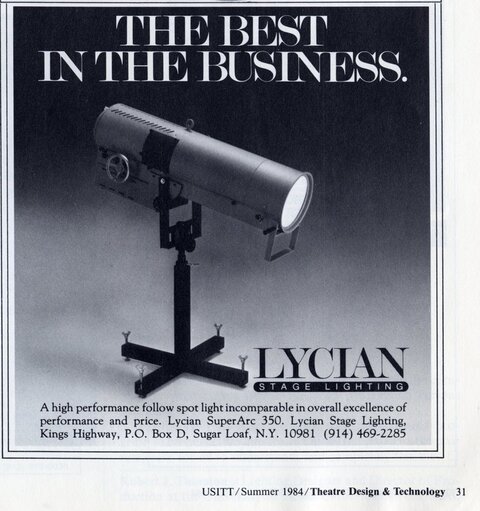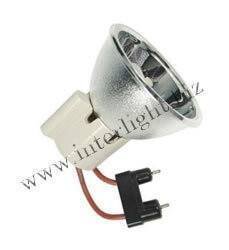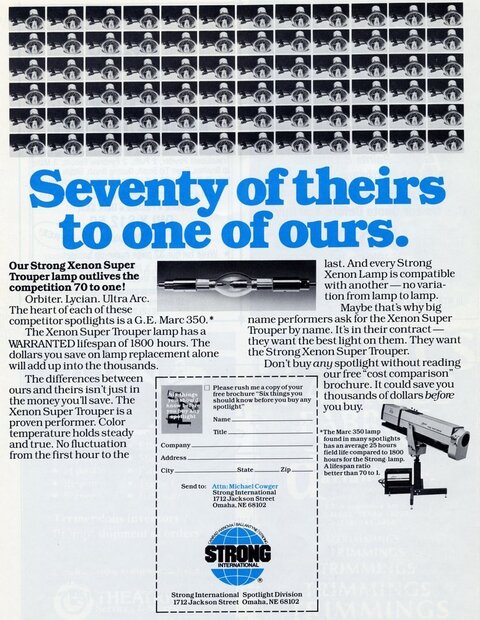I spent today maintencing two spotlights in Mrs.Footer's mainstage venue. The spotlights are 1970's vintage. I opened up the fixture and saw one of the weirdest things I have ever encountered in a fixture. As you close the iris, the lamp train runs towards the front of the fixture. As you open the iris, the lamp travels towards the back of the unit. The iris does not travel nor do any of the lenses of the unit.


The hotspot of the unit does change as you run the iris. When the iris is completely open, there is a very noticeable dark spot in the center of the beam. When the iris is closed, there is a very strong hot spot.
So, the question to CB land...
Why does this unit do this? What optically is happening with the hot spot?


The hotspot of the unit does change as you run the iris. When the iris is completely open, there is a very noticeable dark spot in the center of the beam. When the iris is closed, there is a very strong hot spot.
So, the question to CB land...
Why does this unit do this? What optically is happening with the hot spot?





